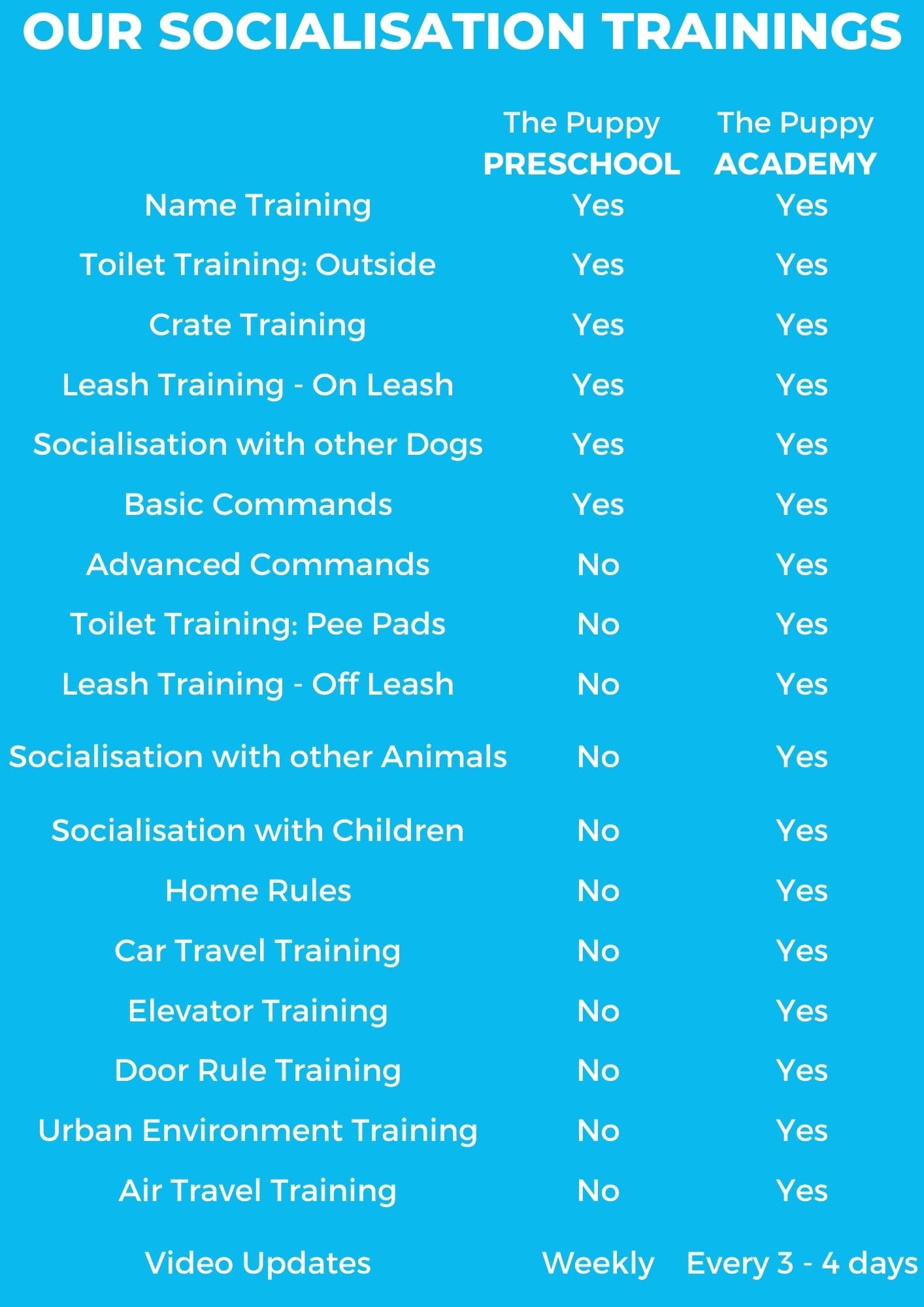Think Positive!
Chances are that if you have a dog, you want to train him or her. Whether you go to a professional dog trainer or try your hand at dog training, you’ve probably heard about all the different training methods available. With so many methods available, what’s the right one for you?
Today we’ll be looking at a popular and effective training method called “Positive Reinforcement Training”.
What is Positive Reinforcement?
Positive Reinforcement, which is also called reward-based training, is a training technique based on the use of rewards. If your dog responds to you with a behaviour that you want, you give your dog a reward, whether it is a treat, a pat, or just “Good dog!” Your dog will soon associate performing this behaviour with a reward, and will be more likely to repeat the behaviour as a result. You can use this to shape or change your dog’s behaviour as you need.
What’s so great about it?
Positive reinforcement training can be highly effective! If the dog knows that there’s a reward waiting, he or she will be more motivated to listen to you. A dog that wants to work with you is a lot easier to work with than one who is disinterested. Think of it this way: if your friend wants you to do some shopping for them, you’ll probably be more motivated to help them if they offer you something in return, like a book that you’d like to borrow or a tasty snack!
You can pair positive reinforcement with what is called “negative punishment”: meaning the removal or withholding of something the dog wants, such as a toy or a treat; or use vocal cues to discourage the dog from performing an unwanted behaviour (for example, if your dog tries to take food from the table, saying “No!” would be a vocal cue). By doing this, you are helping your dog to make the right choices in a humane way.
Positive reinforcement training is a very humane training method. According to various scientific studies, using punitive or confrontational training methods is less effective, exacerbates aggression, and is not effective in the long run.
The so-called “dominance theory”, which theorises that you need to dominate your dog in order for him or her to respect you; has been disproven by modern research. You do not need to dominate your dog: you need to act like a parent or guardian, encouraging your dog to behave well, and discouraging unwanted behaviours.
Positive reinforcement training means that your dog wants to listen to you, because he or she is having a good time and enjoying the reward.
How do I get started?
If positive reinforcement training sound good to you, here are a few tips on getting started.
- Figure out what motivates your dog. Is it treats? Is it praise? By trial and error you’ll figure it out.
- Keep rewards that your dog is especially fond of, such as a particular toy or a food item such as cheese; for situations where your dog needs a lot of motivation; for example, if you’re training in a public area with lots of distractions.
- Timing is key for successful training. You need to give the reward seconds after your dog has performed the desired behaviour. You can use a clicker to mark the correct behaviour, which can help with the timing of the rewards.
- Keep it short. The longer the command is, the more difficult it is for your dog to understand. Use short words as commands, such as “sit” or “heel”, which your dog will find easier to understand.
- Be consistent. Be sure to reward the behaviour you want, and not to reward unwanted behaviour. Everyone involved in training the dog, such as your family members, needs to use the same commands.
- Be patient. Some dogs learn faster than others. If you’ve never used this technique, it may take a while for you to figure it out. Go slowly and be kind to your dog: don’t get angry if he or she doesn’t figure out what you want immediately. Don’t be afraid to ask for help: consult a dog trainer if you need to.





















